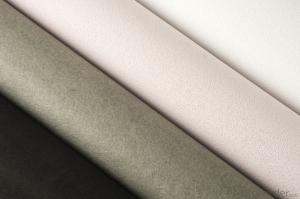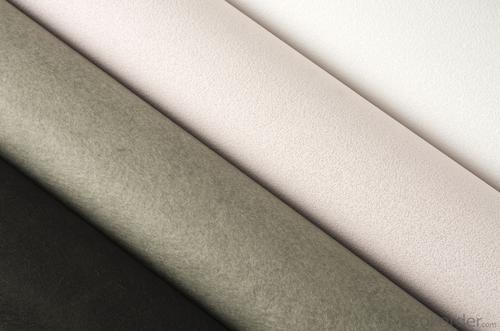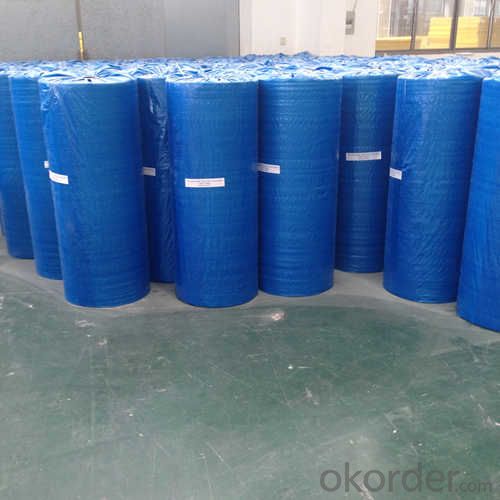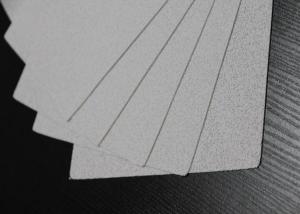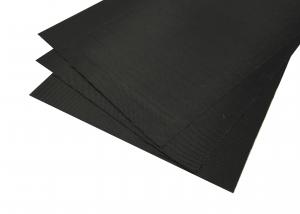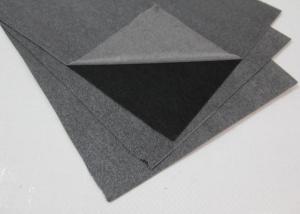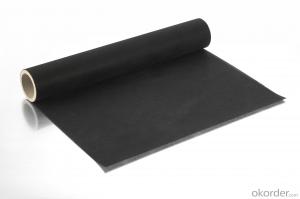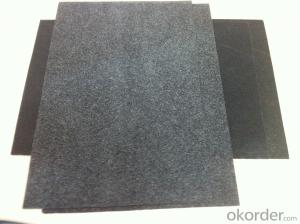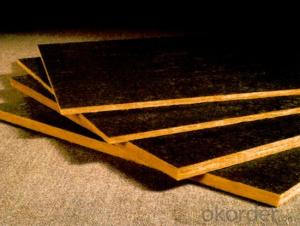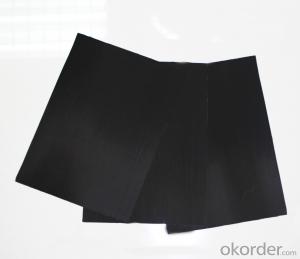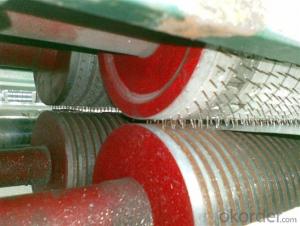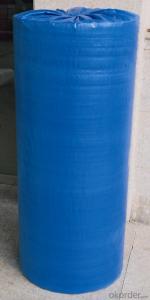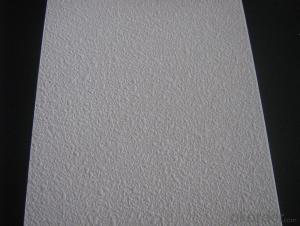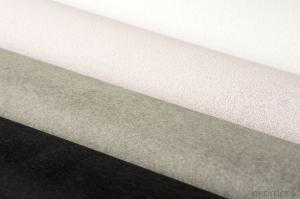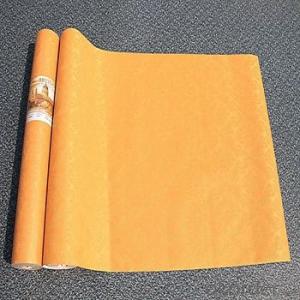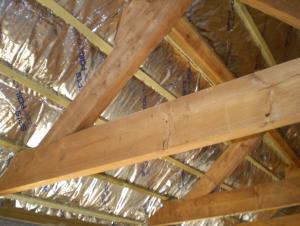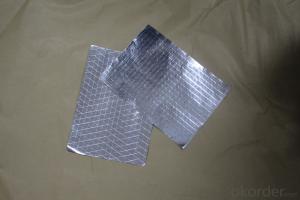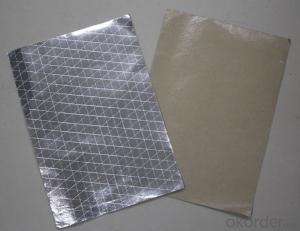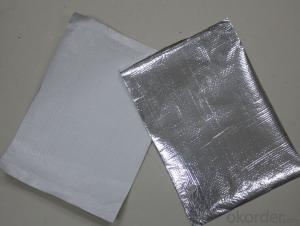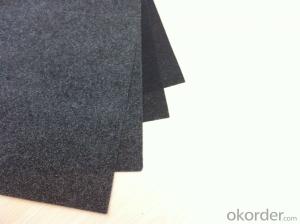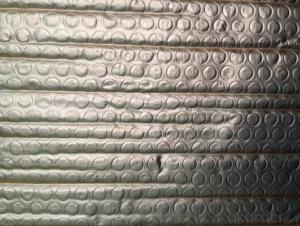Fiberglass Facing White Scraping Coating Tissue for Decoration and Acoustic - S101
- Loading Port:
- Shanghai
- Payment Terms:
- TT OR LC
- Min Order Qty:
- 500 m²
- Supply Capability:
- 100000 m²/month
OKorder Service Pledge
OKorder Financial Service
You Might Also Like
Introduction of Fiberglass Tissue
Fiberglass Tissue is a kind of facing, which is made of by the white fiberglass tissue, and special production process.
Application of Fiberglass Tissue
Our black tissue are mainly used as facing for glass wool insulation, rockwool, mineral wool etc. Also fiberglass tissue facing is used under roof decking, under attic rafters, over existing attic thermal insulation, in floors, walls and crawl spaces, and in industrial and commercial buildings to block radiant heat coming into house through the roof during the summer and retain indoor heat generated during in winter
Advantage of Fiberglass Tissue
Light weight
• High manufacturing accuracy
• High strength
• Small inertia resistance
• Strong heat dissipation ability
• Good visual effect
• High reflective insulation
• Heat resistant, water proof, stable at high temperature;
• Environmentally friendly, no smell and not-toxic;
• Smooth and clear surface;
Packing of Fiberglass Tissue
1. Waterproof paper then PVC shrinking Film
2. Water-Proof film only
3. Woven cloth
4. Kraft paper or Water Proof Film then Metal/wooden pallet
5. (Also as your request. )
Specification of Fiberglass Tissue
Specification | ||
ITEM | UNIT | VALUE |
Type | E | |
Weight | g/m2 | 120 |
Thickness | mm | 0.4 |
Oxygen Index Number | % | ≥32 |
Tensile Strength MD | n/125px | 130 |
Tensile Strength CMD | n/125px | 110 |
Fire Resistant Property | B1 | |
Pictures of Fiberglass Tissue
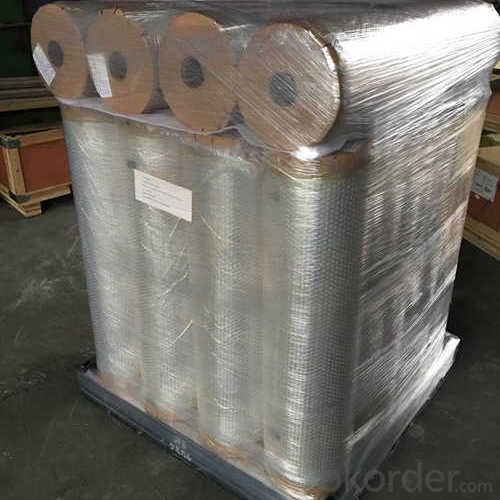
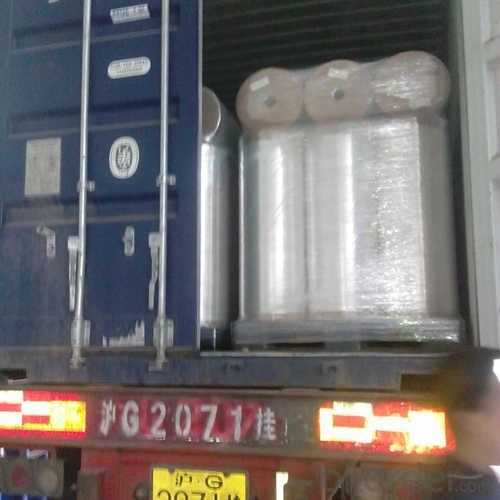
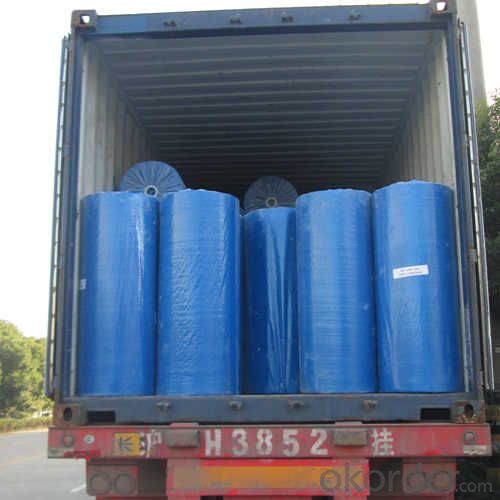
FAQ
We have organized several common questions for our clients,may help you sincerely:
1. What is the storage condition?
The Aluminum Foil Facing should be stored at room temperature and kept from wet and heat source.
2. How to guarantee the quality of the products?
We have established the international advanced quality management system,every link from raw material to final product we have strict quality test;We resolutely put an end to unqualified products flowing into the market. At the same time, we will provide necessary follow-up service assurance.
3. How long can we receive the product after purchase?
In the purchase of product within four working days, we will arrange the factory delivery as soon as possible. The specific time of receiving is related to the state and position of customers. Commonly 7 to 10 working days can be served.
- Q: What distinguishes black fiberglass tissue from other types of fiberglass tissue in terms of color, properties, and applications?
- <p>Black fiberglass tissue is distinguished by its color, which is typically achieved through the addition of pigments during the manufacturing process. This coloration can enhance UV resistance and provide a more aesthetically pleasing appearance in certain applications. Compared to other types of fiberglass tissue, such as white or colored ones, black fiberglass may also exhibit slightly different thermal properties due to the pigmentation. However, the core properties like strength, flexibility, and insulation capabilities remain largely the same across different colored fiberglass tissues. The choice between black and other types often comes down to specific industry requirements or aesthetic preferences.</p>
- Q: Is it safe and practical to use black fiberglass tissues as diaper wipes for babies?
- <p>Black fiberglass tissues are not suitable for use as diaper wipes. Fiberglass can be abrasive and may contain chemicals that are harmful to the skin, especially for sensitive baby skin. It's important to use soft, gentle materials like cotton or specially designed baby wipes that are free from harsh chemicals to avoid skin irritation and potential health risks.</p>
- Q: What type of adhesive works best for adhering to black fiberglass tape?
- <p>For bonding to black fiberglass tape, a high-temperature resistant adhesive is recommended. Silicone-based adhesives are often suitable due to their high-heat tolerance and flexibility. Additionally, epoxy resins can also be used for their strong bonding properties. However, it's crucial to consider the specific application and environmental conditions, as different adhesives may perform better in various scenarios. Always check the manufacturer's recommendations and perform a small test before applying the adhesive to the entire surface.</p>
- Q: How does fiberglass facing improve insulation?
- Fiberglass facing improves insulation by acting as a barrier that reduces heat transfer through conduction and radiation. It helps to trap air pockets within the insulation, enhancing its ability to resist heat flow. Additionally, the facing can provide a vapor barrier, preventing moisture from seeping into the insulation and compromising its effectiveness.
- Q: Is it possible to utilize black fiberglass tape for fixing a leaking faucet or pipe?
- <p>While black fiberglass tape can be used to repair minor leaks in pipes, it is not typically recommended for fixing leaky faucets. For pipes, especially plastic ones, fiberglass tape can create a temporary seal. However, for faucets, plumber's tape (Teflon tape) is more suitable as it is designed to handle the threads and tight seals required in faucet connections. Always remember that for long-term solutions or significant leaks, professional repair or replacement is advisable.</p>
- Q: This question asks about the impact of black fiberglass tissue on the quality of air inside buildings.
- <p>Black fiberglass tissue, commonly used as insulation, can affect indoor air quality if not properly installed or if it becomes damaged. Fiberglass releases tiny glass fibers into the air, which can be inhaled and cause respiratory irritation, allergies, or even more severe health issues over time. Proper installation and sealing can minimize the release of these fibers. Additionally, ensuring good ventilation in buildings can help reduce the concentration of airborne fibers. It's also important to follow safety guidelines when handling fiberglass to prevent exposure.</p>
- Q: This question asks about the proper storage methods for black fiberglass paper.
- <p>To store black fiberglass paper, follow these guidelines: Keep it in a cool, dry place away from direct sunlight and moisture. Ensure the storage area is well-ventilated to prevent the buildup of humidity. Store the paper on flat surfaces to avoid bending or creasing. Use protective coverings like plastic sheets to shield the paper from dust and contaminants. If stacking, do not overload as it may cause the bottom layers to compress and damage. Label the storage area clearly to indicate the contents and check regularly for any signs of deterioration.</p>
- Q: Is it possible to recycle glass fiber paper once it has been used?
- <p>Yes, glass fiber paper can be recycled after use. The recycling process typically involves shredding the paper to separate the glass fibers from other materials. These fibers can then be used to create new products such as insulation, reinforcing materials for composites, or even as a component in new paper products. However, the recycling process for glass fiber paper may vary depending on the specific composition and the presence of any contaminants, which can affect its recyclability. It's important to check with local recycling facilities to understand their specific guidelines and capabilities for recycling glass fiber paper.</p>
- Q: Can black fiberglass tissue be utilized effectively as a material for filters?
- <p>Yes, black fiberglass tissue can be used as a filter material. It is known for its high tensile strength and resistance to chemicals, making it suitable for air and liquid filtration applications. However, it's important to note that fiberglass may not be suitable for all types of filtration due to potential health risks associated with inhalation of fibers and the need for specific conditions to prevent degradation. It is often used in industrial settings for filtering particulates and in HVAC systems. Always ensure that the use of fiberglass tissue complies with safety standards and the specific requirements of the filtration task at hand.</p>
- Q: Is it possible to use black fiberglass tissue as an insulating material for walls in residential buildings?
- <p>Yes, black fiberglass tissue can be used for wall insulation in residential homes. It is a common insulating material known for its thermal and acoustic insulation properties. Black fiberglass is a type of glass wool that is treated with a black pigment to improve its UV resistance and durability. It is effective in reducing heat transfer and can help in maintaining a comfortable indoor temperature. However, it is important to ensure that it is installed correctly and safely, as fiberglass can cause skin and respiratory irritation if not handled properly.</p>
Send your message to us
Fiberglass Facing White Scraping Coating Tissue for Decoration and Acoustic - S101
- Loading Port:
- Shanghai
- Payment Terms:
- TT OR LC
- Min Order Qty:
- 500 m²
- Supply Capability:
- 100000 m²/month
OKorder Service Pledge
OKorder Financial Service
Similar products
Hot products
Hot Searches
Related keywords
